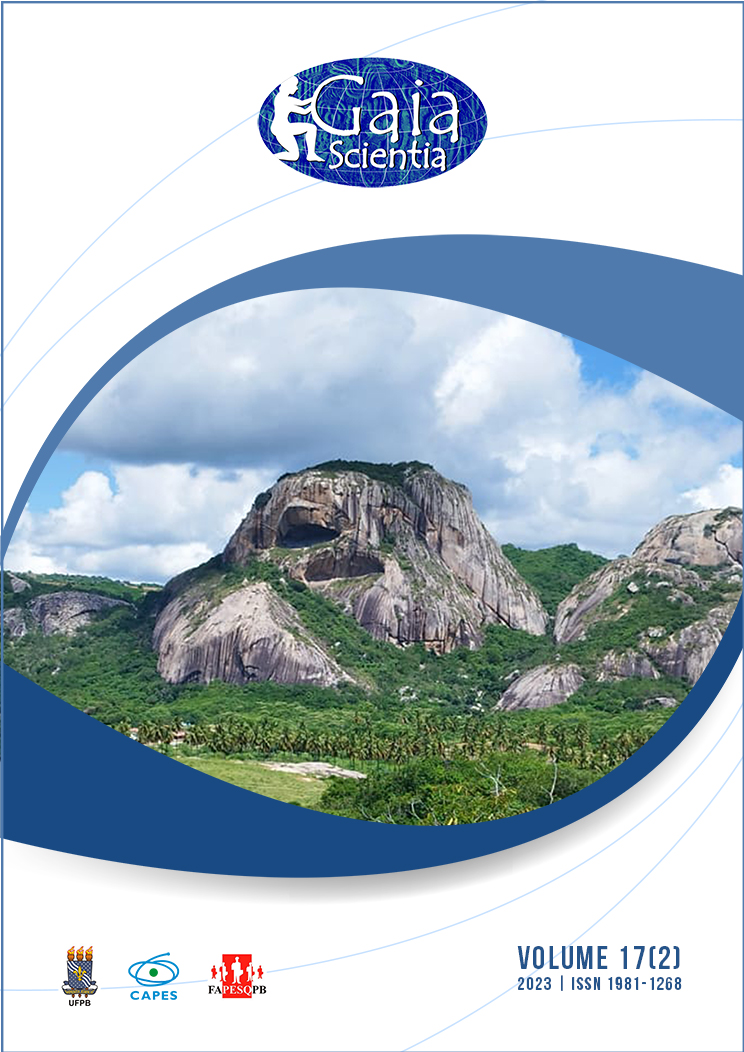Analysis of spatial patterns of deforestation in the Atlantic Forest, Brazil
DOI:
https://doi.org/10.22478/ufpb.1981-1268.2023v17n2.66397Abstract
Deforestation in tropical forests is a phenomenon observed throughout the world. In Brazil, the Atlantic Forest is a biome with rich biodiversity that has been experiencing deforestation for many years. This makes this biome one of the most endangered in the country. Thus, the objective of this work is to analyze the spatial patterns of deforestation in the Brazilian Atlantic Forest, accumulated until the year 2020. The methodology involves a set of exploratory analysis tools for spatial data, through global and local indices that provide a measure of the spatial association of the deforested area. The results reveal that the high spatial correlation of deforestation clusters is formed by 248 municipalities, out of the 3,034, in the domain of the Atlantic Forest Biome. These are in specific regions of the states of Mato Grosso do Sul, Goiás, Minas Gerais, Paraná, Rio Grande do Sul, and Espírito Santo. On the other hand, in the Northeast region, clusters of municipalities with areas of deforestation and statistical significance were not identified. Thus, it is evident that there are well-defined aggregations of municipalities with deforestation. However, deforestation has also been carried out in isolation.










